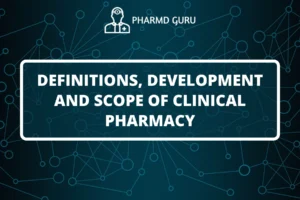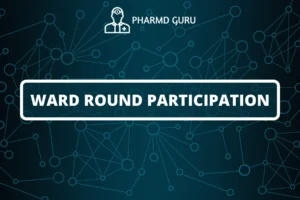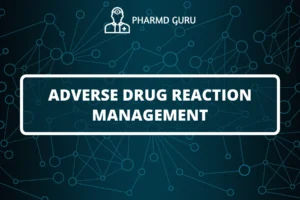CRITICAL EVALUATION OF DRUG INFORMATION AND LITERATURE:
In the field of healthcare, it is essential to critically evaluate drug information and literature to ensure accuracy, reliability, and evidence-based decision-making. With a vast amount of information available, it is crucial to employ a critical evaluation process to distinguish trustworthy sources from misleading or outdated ones. In this article, we will explore the importance of critical evaluation in drug information and literature and provide guidelines for assessing the credibility of sources.
SCROLL DOWN TO THE BOTTOM OF THE PAGE FOR ACTUAL NOTES
TABLE OF CONTENTS:
- Introduction
- Importance of Critical Evaluation
- Assessing the Source
- Evaluating Study Design and Methodology
- Considering Bias and Conflicts of Interest
- Analyzing Data and Results
- Reviewing Peer Review and Publication
1. Introduction
Critical evaluation involves a systematic assessment of drug information and literature to determine its validity, reliability, and relevance. By applying critical thinking skills, healthcare professionals can make informed decisions based on high-quality evidence and avoid potential pitfalls associated with misinformation.
2. Importance of Critical Evaluation
Critical evaluation is crucial in ensuring the accuracy and reliability of drug information and literature. It helps healthcare professionals differentiate between evidence-based information and biased or misleading content. By critically evaluating sources, healthcare professionals can provide accurate information to patients, make informed treatment decisions, and contribute to improved patient outcomes.
3. Assessing the Source
Start the evaluation process by assessing the credibility and expertise of the source. Consider factors such as the reputation of the author or organization, their qualifications, and whether the information is supported by scientific evidence. Reputable sources include peer-reviewed journals, established medical organizations, and government health agencies.
4. Evaluating Study Design and Methodology
If the information is based on a study, evaluate the study design and methodology. Consider factors such as sample size, study duration, control groups, and statistical analysis. Well-designed studies with robust methodologies are more likely to yield reliable and valid results.
5. Considering Bias and Conflicts of Interest
Be mindful of potential bias or conflicts of interest that may influence the information presented. Evaluate whether the authors or the funding sources have any affiliations that could impact the objectivity of the information. Transparent reporting of conflicts of interest enhances the credibility of the source.
6. Analyzing Data and Results
Examine the data and results presented in the information or study. Assess whether the conclusions are supported by the data and if the interpretation is logical and consistent. Look for limitations or alternative explanations that may affect the validity of the results.
7. Reviewing Peer Review and Publication
If the information is from a peer-reviewed journal, consider the peer review process. Peer-reviewed articles have undergone rigorous evaluation by experts in the field, ensuring the quality and validity of the information. Reviewing the publication record of the source can also provide insights into its reliability and impact within the scientific community.
ACTUAL NOTES




